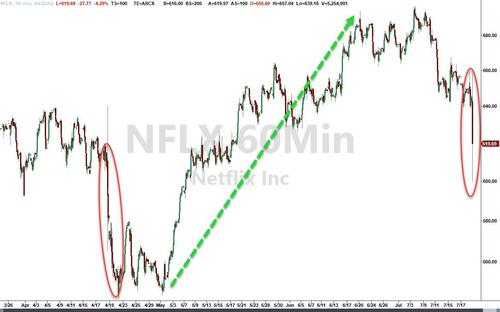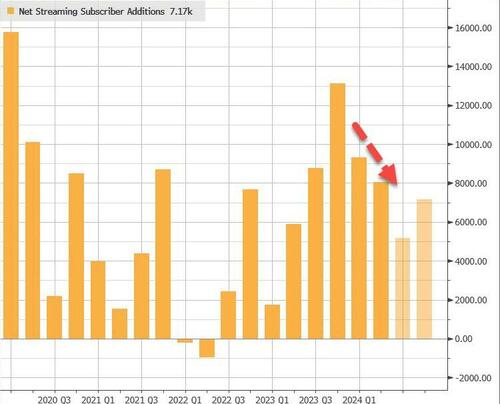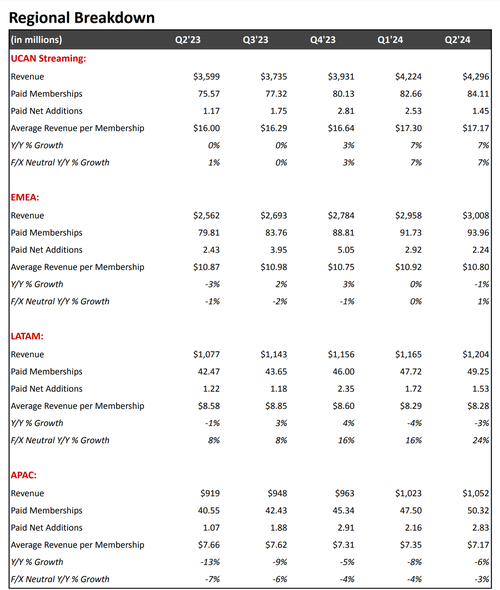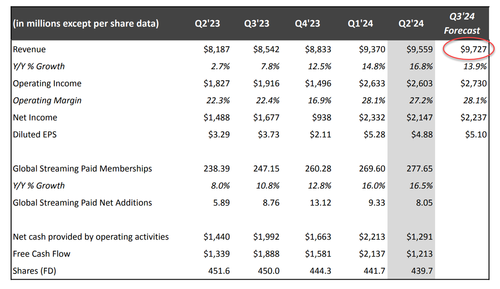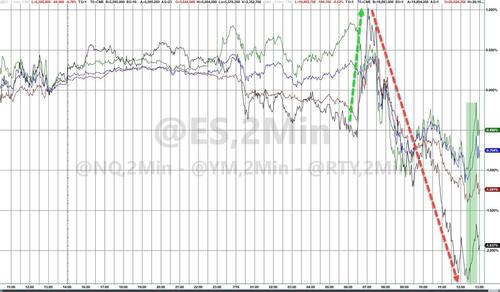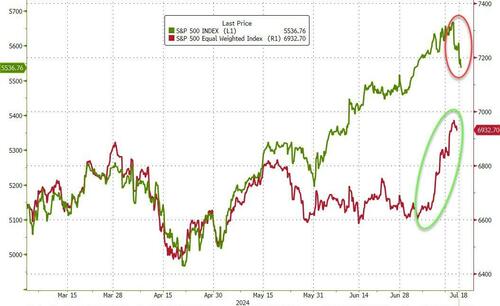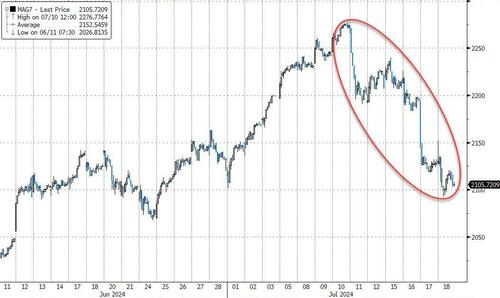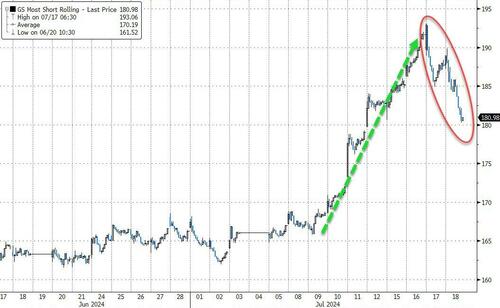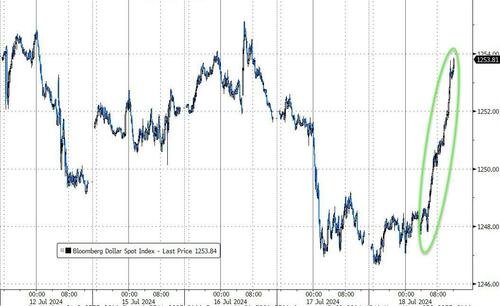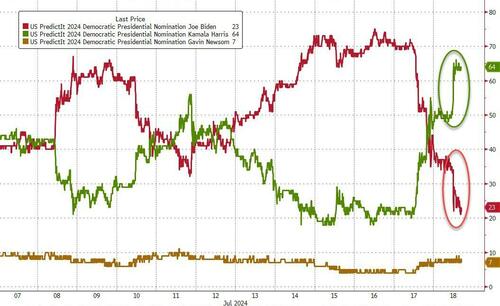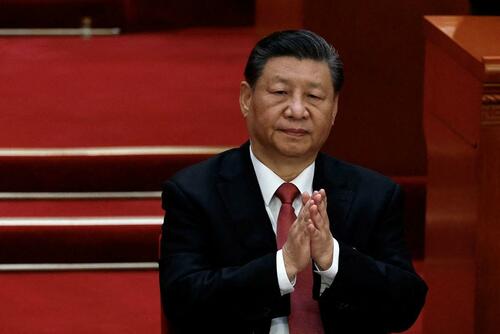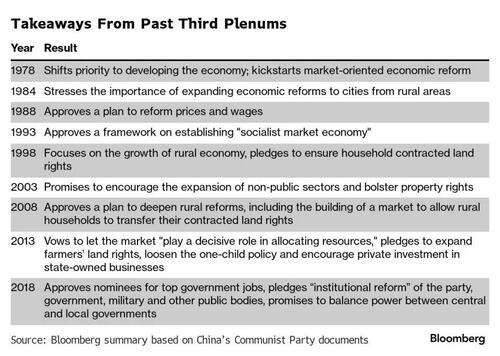Authored by Paul Cwik via The Mises Institute,
Of all the areas that economics students need to master, counterfactual reasoning is near the top of the list.
Counterfactual reasoning is outlining and comparing the differences and similarities between two alternatives. While everyone uses counterfactual reasoning, such as choosing what to have for lunch, economists look at deeper and more remote consequences. A typical example that students are asked to examine is the effects of price controls — what happens when a price ceiling is imposed below the equilibrium price versus what happens in a free market? The most obvious answer is that shortages develop.
People quickly buy as many items as possible while suppliers hesitate to restock.
Shortages are politically unpopular. A cause of permanent shortages is the price ceiling. Price ceilings are often imposed on markets because something even more unpopular is occurring — rapid price inflation. As prices jump up, people want to blame someone for their misfortune. Easy scapegoats are the shopkeepers who are asking for ever-higher prices. Politicians looking to score some quick political points advocate for price ceilings as the solution.
There is a clear causal chain of events.
-
Governments spend more than they tax.
-
As a result, governments turn to money creation to cover the deficit.
-
The new dollars are injected into the economy, which devalues the dollar and moves prices upward.
-
Politicians present price ceilings as the cure to this crisis, resulting in shortages and eventually a political backlash.
-
The politicians try to deflect the backlash and shift blame to anyone else.
But what if this could be avoided?
No, I am not suggesting transforming politicians into responsible representatives who “live within their means.”
That is clearly a myth.
I mean, “what if the backlash could be avoided because no shortages develop?” Some might think that the only way to achieve this is by suspending the laws of economics. Not so.
There is a potential solution that is nearly in our politicians’ grasp. The solution is called central bank digital currency.
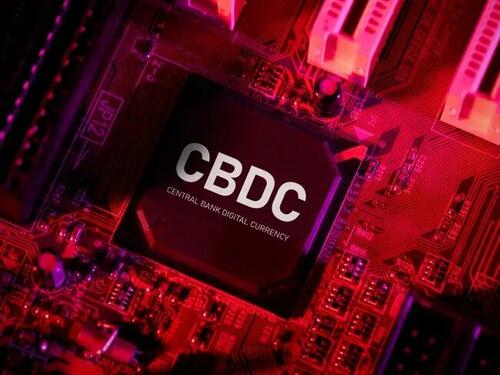
Beyond the name, what is a CBDC, and is it much different from other digital currencies? Today, most of our currency is digital. Most people use cards or their phones (e-wallets) for most transactions. Only a small fraction (about 10%) of the total in circulation is physical ($2.2 billion in currency versus $20.8 billion in M2).
A major difference between CBDCs and today’s digital dollars is that CBDCs employ blockchain technology. Blockchain technology does for digital currency what the serial number does for the physical note. However, it also goes much further. Not only is each CBDC dollar identified, but its entire history of moving from one account to another is saved. Several other digital currencies, such as bitcoin, have the same tracking feature. The difference, however, is that the owners of the CBDC accounts are known by the central bank while the owners of the bitcoin accounts are anonymous to all. The central bank will know the history of each CBDC dollar and who owns which CBDC dollar at any moment because all the accounts will be centralized under its authority. Each person, nonprofit entity, corporation, etc., will be required to have an account at the central bank.
Blockchain technology used in this way gives the central bank access to the entire history of who owned each dollar, when it was exchanged, and with fairly good confidence, the reason for that transaction. In other words, under a CBDC system, the central bank will know when a particular CBDC dollar originated, see that it was transferred into this specific account owned by corporation X, know that it was transferred in the form of a salary to Mr. Y, and so on. While other blockchain-using cryptocurrencies work similarly, the difference is that the owners of the accounts and the reason for any transaction are unknown. Anonymous cryptocurrencies use blockchain technology as an open ledger that is more akin to everyone looking at the squares of a chessboard (different accounts) and seeing the movement of the pieces (transfers of funds) but not knowing who owns which square.
Bitcoin and similar cryptocurrencies are decentralized, independent and anonymous. Bitcoin accounts can receive bitcoin from anyone at any time, but funds can only be “pushed” out of the account by the owner. No one else, not even the federal government, can “pull” bitcoin from an account. In contrast, the central bank will control access to the CBDC dollars. They will have the power to regulate the flow of funds transferred between accounts.
While this level of control and surveillance by the central bank is ominous, it is essentially taking place today. What the CBDC would do is streamline the ability to investigate anyone’s affairs into a single organization, the central bank. Any amount of friction between snooping authorities is a good thing for privacy advocates, but the reality is that even though these functions are spread across several agencies, the U.S. government can monitor transactions, freeze accounts, directly garnish wages and so forth.
The unique threat found in the CBDC, which gives it a more sinister character, is that it is programmable.
A programmable currency gives the creator tremendous power.
Practically anything could be done with such power. Accounts could be frozen. Money could be subtracted from accounts. Transactions could be partially blocked or blocked in total. These accounts could be linked with other data, allowing algorithms to selectively manipulate purchases. It is these manipulations that give the central bank ultimate power.
For example, suppose that an economics professor’s health data shows that his body mass index is too high. The central bank’s algorithms may allow the purchase of fresh fruit but deny the purchase of an apple pie. Alternatively, the algorithm might look at the smog index for the city and thus limit the amount of gasoline purchased in that area for that week. Besides being able to micromanage everyone’s day-to-day transactions (which is already Orwellian), more powerful interventionist policies could be enacted.
Let us return to the earlier situation of politicians overspending. When the government covers a budget deficit through money creation, the money is injected into the economy at specific points. As the new money spreads through the economy, prices rise, but they do not rise simultaneously or uniformly. Some prices rise more than others. These economic distortions are called Cantillon effects. The rise in prices for many popular consumer goods will generate political backlash. Those in power will look for a way to deflect the blame and find a solution to show that they are “doing something.”
Obviously, the correct solution is to stop expanding the money supply, but since this choice would require fiscal discipline, the chances of this decision are remote. Throughout history, price controls have been repeatedly enacted to stop rising prices. Placing a price ceiling on certain items prevents the price from rising; however, it also creates unintended consequences. When the price is held below the equilibrium price, the quantity demanded is greater than the quantity supplied, and shortages emerge. Shortages are also unpopular. Often, politicians try to shift the blame to greedy corporations, but with a CBDC, the game can be changed.
What if instead of allowing shortages to emerge, the amount of spending on particular items could be throttled down? Just as easily as preventing a person from buying an apple pie, the central bank could prevent transactions of specific items that are in short supply. During the initial months of the covid scare, people panicked and stocked up on toilet paper. The resulting shortage persisted due to a breakdown in the supply chain. What if instead of letting panic buying persist, the central bank had the power to step in and throttle down how much toilet paper a household could have purchased?
Those who advocate for the CBDC will claim that this power to selectively throttle demand would be highly beneficial for all society. Maybe in this singular instance of a toilet paper shortage, they might be right. However, we live in a dynamic world and not one-time happenings. The history of the Soviet Union showed that there were specific stores that were full while others were empty. The special stores were full because they restricted access to “the right people” and to those with hard currencies.
Similarly, the CBDC also restricts buyers. The restrictions might be as severe as only allowing party members in good standing to make purchases, or it might be a kinder, gentler repression such as limiting how much a household can buy per month (rationing). Despite the injection of new money into the system, the result is that prices will be held down. Price indexes will not record significant increases, and price inflation will be “solved.” And while the shelves will be full, very few people will be able to complete their desired purchases. Their purchases will be denied, and the consumers will be without recourse.
We will have shortages with full shelves. The politicians will be able to continue deficit spending and to create money to cover their profligacy. The buying public will be angry and frustrated but will not know where to focus their anger. No immediate solution will be recognizable because it requires thinking through several layers of economic theory. No election slogan will sum it up, not even “end the Fed.”
But wait, there’s more! As Ludwig von Mises demonstrates in “Middle-of-the-Road Policy Leads to Socialism” and “A Critique of Interventionism,” interventionism is not a stable solution. Mises presents the example of a milk market where a price ceiling is imposed. The price ceiling leads to a milk shortage. The politician asks why the farmer has reduced the amount he produces to which the farmer replies that he has cut production because his costs are too high. The politician “fixes” the farmer’s problem by placing a price ceiling on a major cost — animal feed. However, this price ceiling leads to a shortage of feed. When the feed producer is asked why he has reduced his output, he argues that he must because the price of fertilizer and pesticides are too high. The process repeats.
Each intervention produces undesirable secondary consequences. Instead of admitting an error and reversing the policy, these effects propel the politicians to enact new interventions to solve these new problems. Interventionism leads to the expansion of state power and control over different sectors of the economy. The enactment of a CBDC will, too, create unintended consequences. The effects of the various algorithms will spur more interventions until eventually the market is completely dominated by the government.
The best policy is not to start down this path. The best policy is to recognize that the so-called cure is worse than the disease. Improving our counterfactual reasoning skills are necessary to protect markets from governmental encroachment. Each citizen must become a student of economics and explain the alternate paths that are set before us. We mustn’t waste time because we do not have a moment to spare. The technology to implement a CBDC exists today.


